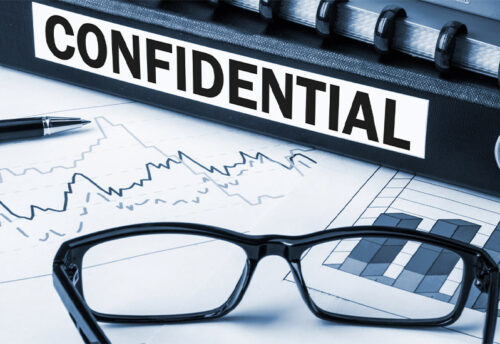
How to Fight Bank Fraud: 10 Tips by Jitendra Kejriwal to Protect Your Money
Have you ever been anxious about an unauthorized purchase on your credit card? If so, you’re not alone. Credit card fraud happens to millions of people every year, and it can be incredibly hard to recover from the loss. The most important thing to do to combat this theft is to protect yourself. The following 10 tips by Jitendra Kejriwal on how to fight bank fraud can be helpful to you.
1) Keep track of where your cards are
It can be easy to accidentally leave a card in a taxi or a restaurant, but if you’re not paying attention, it can also get stolen. To avoid future headaches, invest in a credit card wallet that will allow you to safely store all of your cards. Plus, you won’t lose track of which card is which—an essential for fighting bank fraud.
2) Consider freezing your credit
It’s a good idea for all consumers to freeze their credit—but if you live in an area that has been hit with a lot of fraud, consider freezing your credit more often. To do so, contact one of the three major credit bureaus and have them freeze your file. It’s important to understand that most types of freezes will prevent you from applying for new credit cards or other lines of credit unless you contact each bureau and lift individual freezes.
3) Check every transaction
If you regularly monitor your bank and credit card accounts, you’ll be able to recognize fraudulent charges immediately. If an unusual charge pops up, contact your bank or credit card company immediately; they may be able to stop a thief before they can make off with all of your money.
4) Monitor your accounts regularly
Hackers are always coming up with new ways to access personal information, so it’s important to check your accounts regularly. Set up e-mail alerts that let you know when there is unusual activity on any of your accounts. Or have text message alerts sent as a backup in case you don’t check your e-mail daily. Check in every time you use an ATM, and make sure it’s working properly.
5) Watch out for high-risk purchases
Making a large purchase with a card you know has been compromised is asking for trouble. If there’s a risk that your card will be compromised, use another card until you can confirm that yours hasn’t been—or report it immediately after seeing fraudulent charges on your account. Alternatively, stick with cash (which is never going away). At least you’ll have something physical to fall back on if anything goes wrong.
6) Keep only what you need in your wallet or purse
Another simple way to protect your money from fraud is by keeping only what you need in your wallet or purse. Most debit and credit cards have a daily spending limit and it’s important not to exceed that amount. Keep an eye on your checking account activity every few days to make sure nothing suspicious is going on. Another option is paying with cash whenever possible as transactions using cash cannot be charged back due to fraud. This will keep both you and your bank out of trouble.
7) Don’t throw away receipts
Throwing away receipts is a risky move. In case you need proof of purchase later, your best bet is to keep those papers around for a bit—at least until you have time to file them properly. That said, it’s also important not to leave them in your car or anywhere else thieves can easily find them.
8) Always shield the keypad when entering numbers
While it might not seem that big of a deal, shielding your keypad helps protect you from skimmers who use tiny cameras to see what you’re typing. If someone wants your information badly enough, they can typically get it; however, there are a few easy ways to ensure that bank fraud stays outside of your sphere. In addition to shielding when entering your pin, check for cameras at ATMs and gas stations whenever possible.
9) Look for oddities (like a charge from a country you didn’t visit!)
Watch your transactions daily, and report any potential fraud activity immediately. Some banks charge a flat fee for identity-theft protection; check with yours to see if they offer it, and be aware that you might have to file a police report before you can get reimbursed. The more time passes after an incident, the harder it is for authorities to investigate—so don’t delay!
10) Beware of scams and phishing sites
Once you’ve created a digital footprint, criminals will comb through it in search of something they can use against you. They may want your login information for your banking website or an email address you used years ago for an account with sensitive data. Fortunately, there are ways to protect yourself from scams and phishing sites—you just need to know what they are. And as always, if you suspect fraud on your accounts, act quickly and reach out to both your bank and law enforcement.



